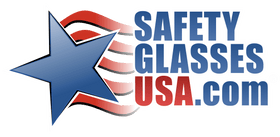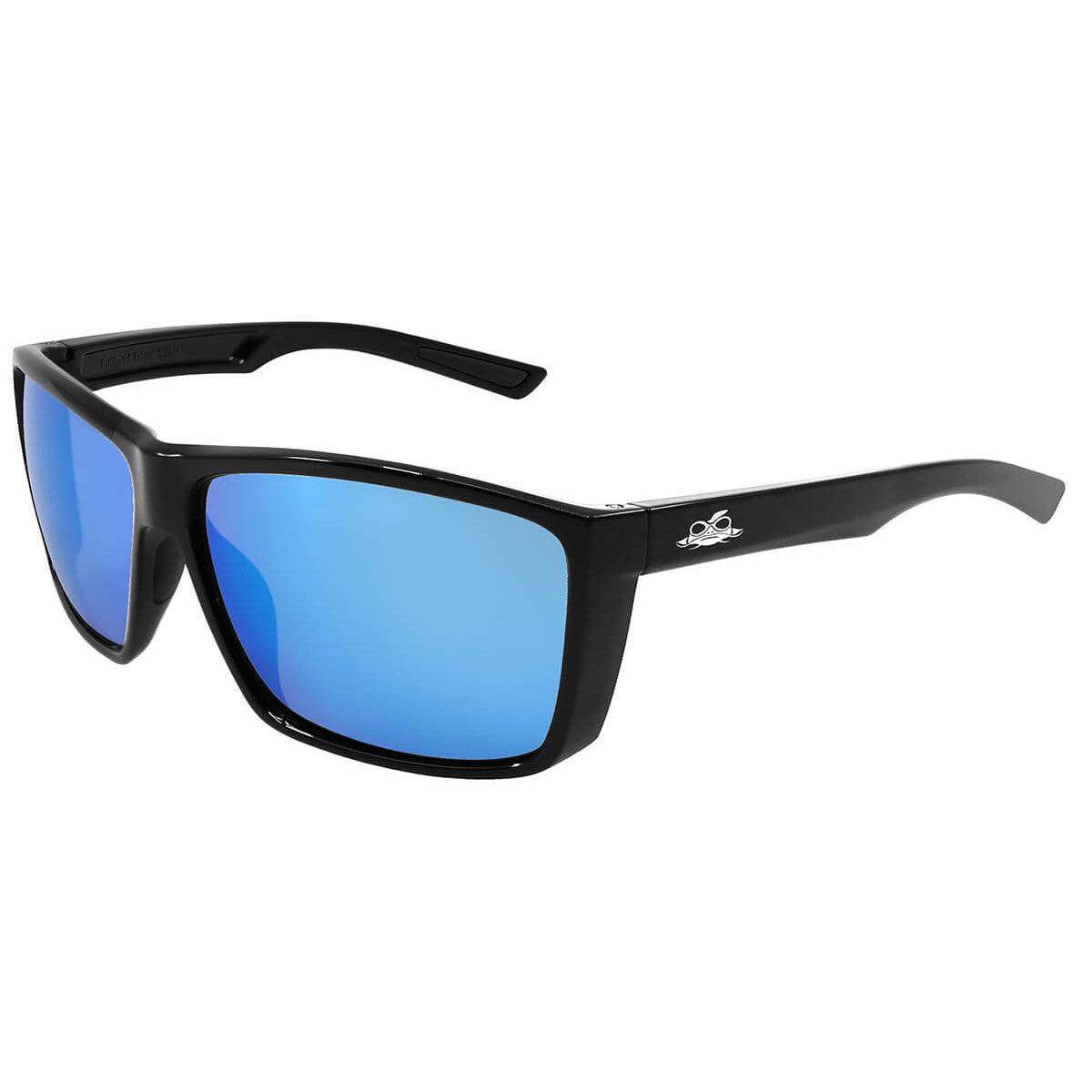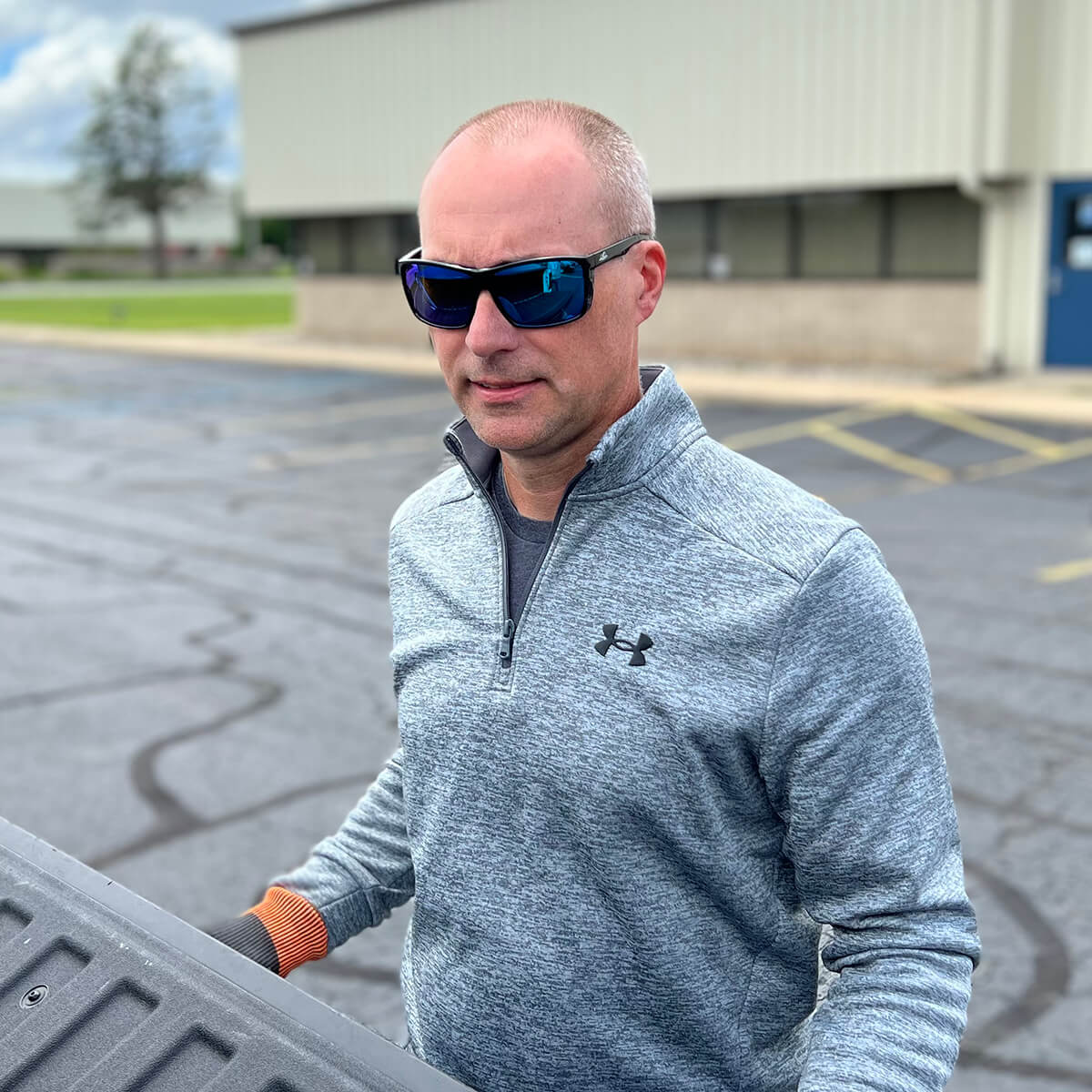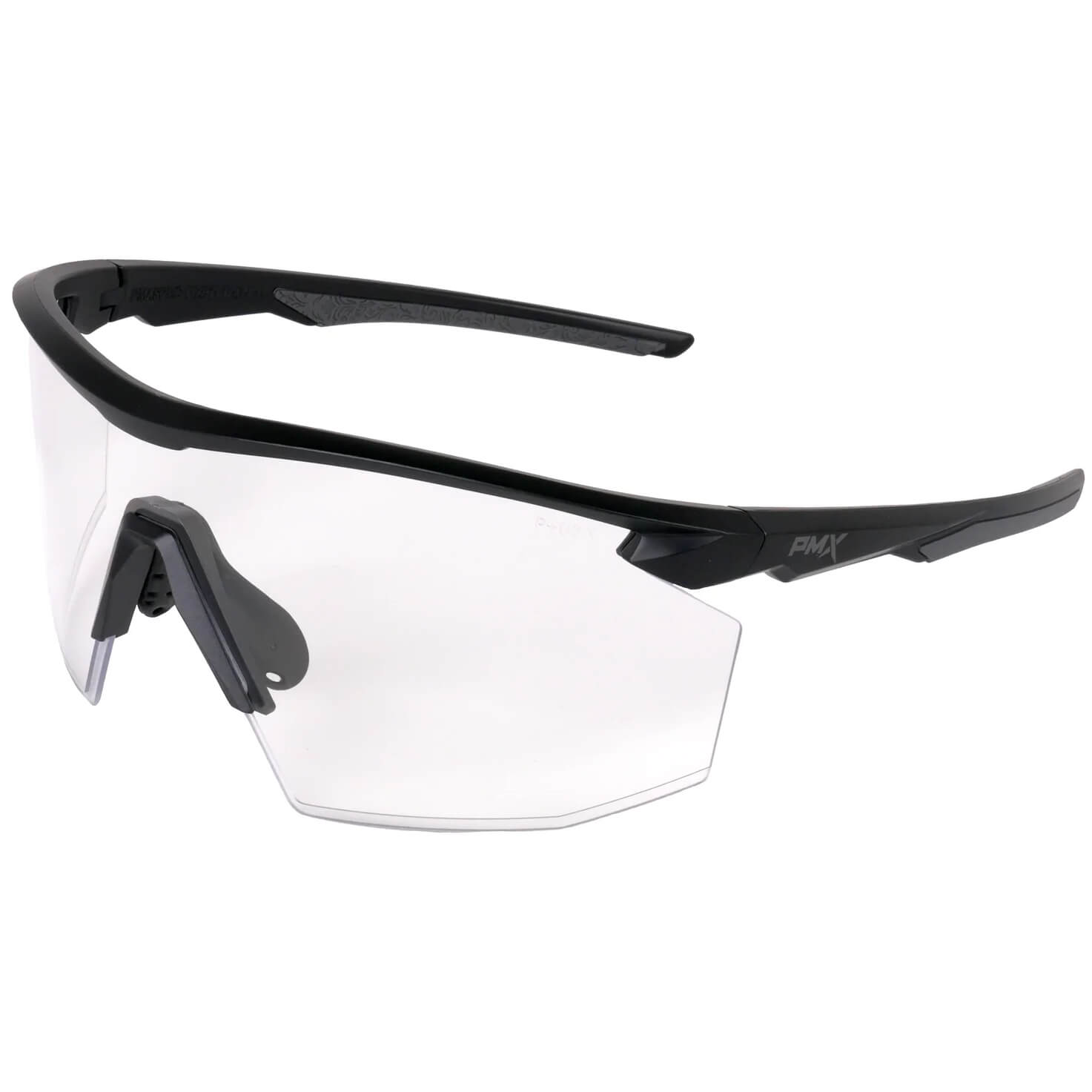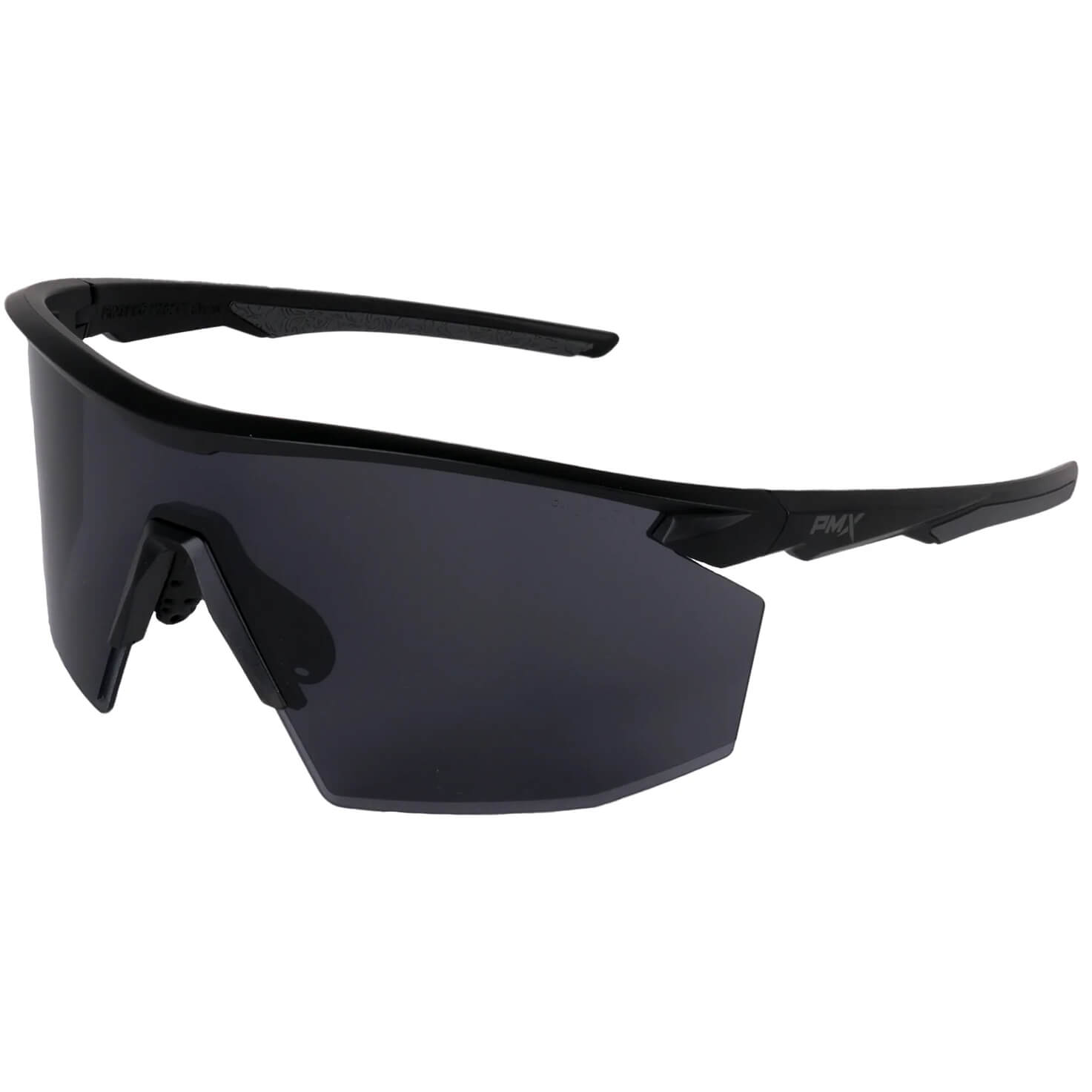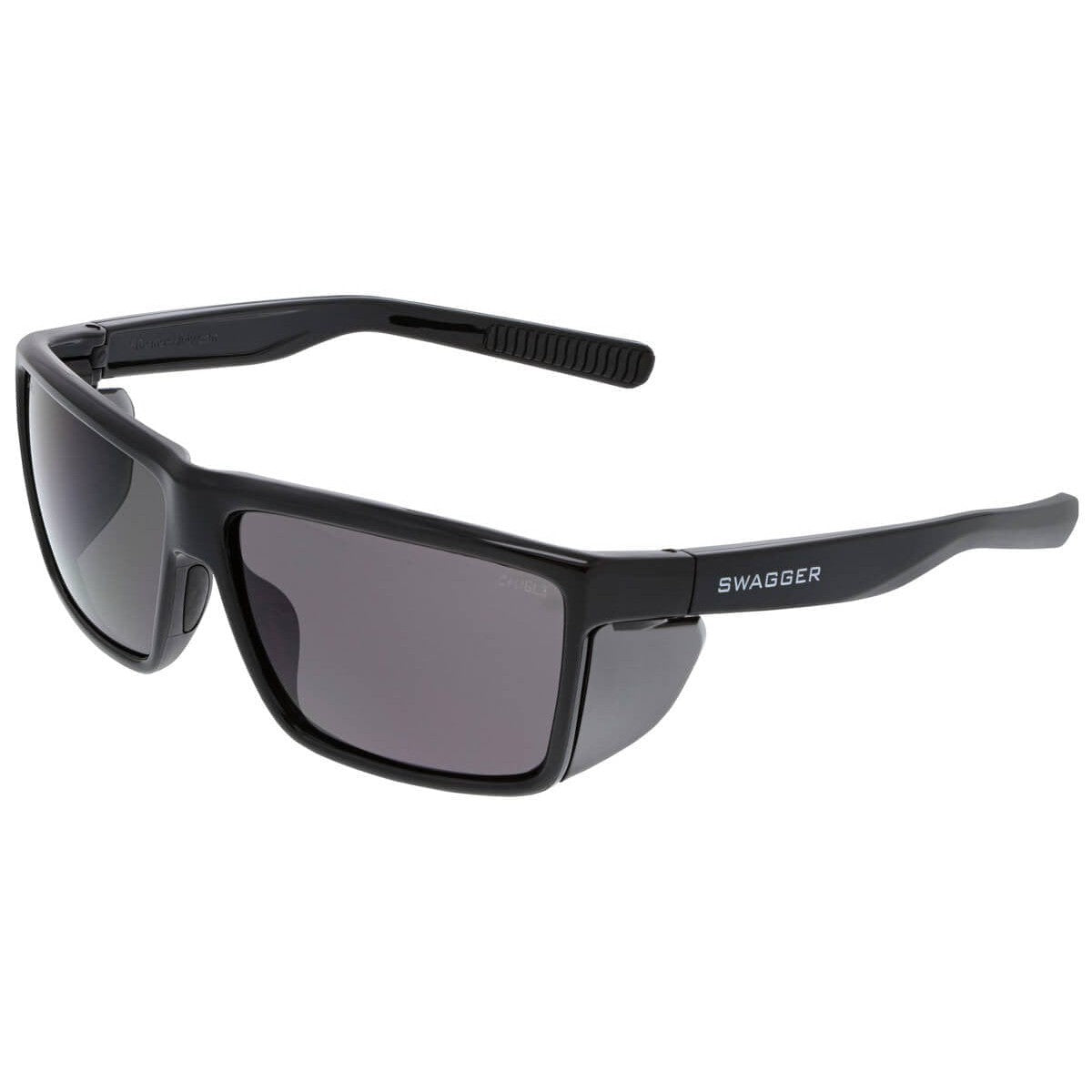Hard hats are essential pieces of personal protective equipment (PPE) in various workplace situations. Many jobs (e.g., construction, logging, and electrical work) also require them.
Unfortunately, the Bureau of Labor Statistics (BLS) shows that only 16% of workers who sustained head injuries wore hard hats even though many were required to wear them.
Head injuries can result in traumatic brain injuries and death. In 2012, more than 65,000 cases involving days away from work occurred due to head injuries in the workplace, according to the 2015 edition of the National Safety Council chartbook “Injury Facts.” That same year, 1,020 workers died from head injuries sustained on the job. (Safety and Health Magazine)
This article examines the basic requirements, types, and classes for hard hats. It also includes information on proper fit, accessories, and maintenance for hard hats and discusses the purpose of bump caps.
Basic Requirements
OSHA's head protection regulation requires employers to provide employees with head protection in the following situations:
- Where objects may fall from above
- Where employees may bump heads against fixed things such as pipes or beams
- When employees are exposed to electrical conductors
The BLS reports that of workers who wore hard hats, 95% were required to do so by their employers. In addition, workers who wore them said they believed doing so was practical for their jobs.
OSHA requires hard hats to have a hard outer shell, a lining that absorbs shock, and a headband. Hard hats should also include instructions explaining how to adjust their fit and when to replace them or any components (e.g., the headband).
Also, the general OSHA requirements for hard hats include hats being able to:
- Resist penetration by objects
- Absorb the shock of a blow
- Be water-resistant
- Be slow-burning
These requirements equate to hard hats meeting American National Standards (ANSI) and the International Safety Equipment Association (ISEA) standards and being OSHA-approved.
Types & Classes
Hard hats receive both a type and a classification. Knowing this information is essential for making the best choice in which hard hat to wear.
Type
The hard hat type indicates the level of impact protection:
- Type I hard hats reduce the force of impact from a blow to the top of the head.
- Type II hard hats reduce the force of impact from a blow to the side of the head.
Class
The hard hat class indicates the level of protection against electrical charges:
- Class E (electrical) hard hats reduce exposure to high voltage conductors up to 20,000 volts.
- Class G (general) hard hats reduce exposure to low voltage conductors up to 2,200 volts.
- Class C (conductive) hard hats do not provide protection against electrical conductors.
When choosing a hard hat, individuals must decide the appropriate type and class for their particular situation. For example:
- Type I, Class C, G, and E = Pyramex Cap Style Hard Hats, Pyramex Full Brim Hardhats, & Pyramex Ridgeline XR7 Hardhats
- Type II, Class E = MSA Super V Hard Hat
For more examples of the various hard hats available, see the hard hat section at Safety Glasses USA.
Fit
The proper fit of hard hats is just as crucial as wearing them. Use the following tips to ensure you receive the best protection possible from your hard hat. Hard hats should…
- Not be too big or too small since headgear must fit correctly to protect you adequately. Most head protection comes with an adjustable headband, and many suppliers offer helpful sizing instructions.
- Allow enough room between the shell and the suspension system for adequate ventilation. This spacing also allows for the distribution of energy during an impact.
- Doesn't bind, slip, fall off, or irritate the skin.
To fit correctly, hard hats should also be worn properly. For example, many workers wear hard hats backward because they find doing so more comfortable and/or stylish. Doing so, however, can compromise the effectiveness of the hard hat.
Accessories
If accessories such as goggles, earmuffs, or face shields are needed, make sure hard hats are designed to accommodate. Most of the classes and types of hard hats come with various options such as:
- Rain troughs on the sides and back
- Chin straps
- Goggle clips
- Replaceable and washable soft brow pads
- Either a 4- or 6-point ratchet suspension system
- Full or cap-style brim options
In addition to the proper choice of a hard hat, knowing how to take care of your hard hat is also essential.
Maintenance
In general, even well-maintained head protection must be replaced every 5 years. If worn every day, however, replace your hat every two years and the suspension yearly. During that time, the following tips can help keep your hard hat in optimum shape.
- Regularly inspect hard hats for any damage and replace them as often as necessary. Check for cracks and holes daily, and remember that paints, cleaning agents, and UV light can weaken the surface of the hat and even weaken its electrical resistance.
- Clean hard hats daily. Doing so can extend its useful life.
- Check the suspension system regularly for wear and tear.
- Store hard hats in a shaded, well-ventilated area. Sunlight and extreme heat can damage caps over time.
- Do not apply labels or stickers since they may hide cracks or other damage.
- Do not create holes into a hard hat since doing so may damage its ability to protect.
Most importantly, ALWAYS REPLACE hard hats after any impact. While the damage may not be noticeable, the impact likely weakened the head protection.
Bump Caps
Another option for head protection is a bump cap. Bump caps are not a hard hat classification as they are NOT ANSI APPROVED. Bump Caps are not intended to protect from falling, flying objects, or against any electrical voltage level. However, they provide protection against minor bumps and lacerations in areas with low head clearance (e.g., low ceilings, overhead piping, hanging items). They are also comfortable and fit like a baseball cap.
- Pyramex Baseball Bump Caps are an example of this type of head protection.
Final Thoughts
The BLS reports that head injuries account for 9% of all injuries in the workplace. Also, with head injuries, employers often failed to require workers to wear hard hats or to enforce wearing them correctly.
A single head injury can be fatal or affect a person significantly for life. Therefore, don't make the mistake of not wearing head protection while on the job. Also, ensure that head protection fits properly and is appropriate for working conditions.
And remember, make sure all hard hats are labeled with the manufacturer's name, date, type, and class designation. If it does not have clear and appropriate labeling, return or discard it and purchase one that does.
